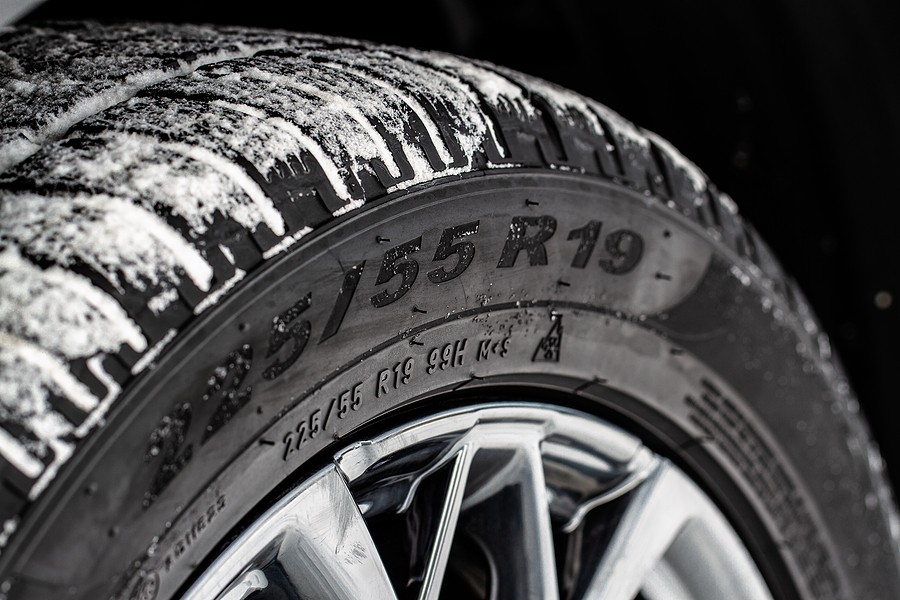Table of Contents
- Introduction: The Importance of Tire Rotation
- Delving Deeper: The Anatomy of a Tire
- Understanding Tire Wear Patterns
- The Benefits of Regular Tire Rotation
- Factors Influencing Tire Rotation Frequency
- Types of Tire Rotation Patterns
- Recognizing When It's Time for a Tire Rotation
- Myths and Misconceptions Surrounding Tire Rotation
- Conclusion: The Road Ahead
Introduction: The Importance of Tire Rotation
The art of maintaining a vehicle extends beyond just the occasional car wash or oil change. It delves deeper into ensuring every component, big or small, functions at its optimal. Tire rotation might seem like a minor task, but it plays a pivotal role in prolonging the life of your car's shoes. This simple act can enhance your car's performance, ensure even wear, save you money, and crucially, keep you safe on the road.

Delving Deeper: The Anatomy of a Tire
Before understanding the hows and whys of tire rotation, it’s essential to grasp the anatomy of a tire. The intricate design, comprising the tread, sidewall, beads, and inner linings, plays a distinct role in your vehicle's overall performance. The tire, though often viewed as a singular unit, is a symphony of parts working in harmony, each susceptible to unique wear and tear patterns.
Understanding Tire Wear Patterns
Front vs. Rear Tire Wear
Due to the demands of steering, the front tires bear the brunt of the pressure, causing them to wear faster than the rear ones.
Outside vs. Inside Wear
Often a result of misalignment or incorrect tire pressure, uneven wear on the inside or outside edge of a tire can compromise its performance and your safety.
Tread Wear Patterns
Understanding patterns like “feathering,” “heel-toe” wear, and “center wear” can give insights into alignment issues, inflation problems, or even suspension troubles.
Cupping or Dipping
Commonly caused by bad shock absorbers or imbalances, cupped tires can severely affect the smoothness of your ride and decrease road grip.
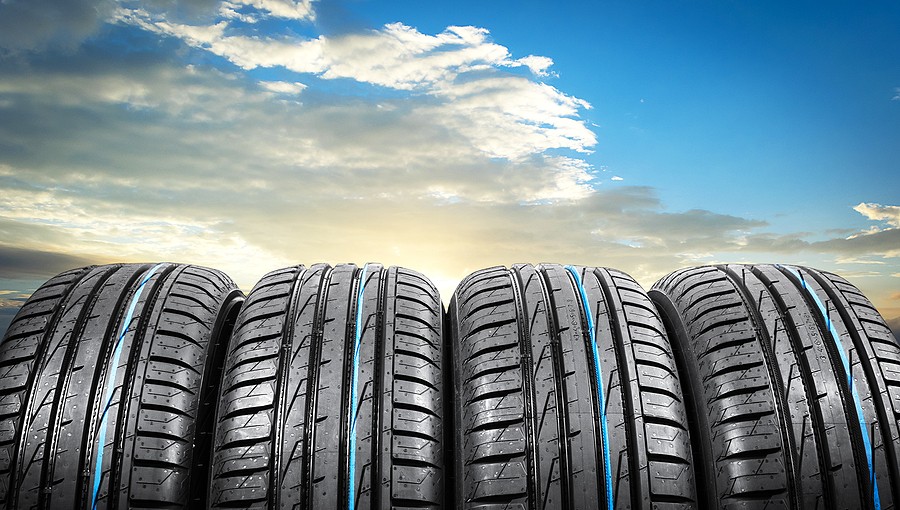
The Benefits of Regular Tire Rotation
Maximizing Your Investment
By balancing out wear through rotation, you can add thousands of miles to your tires' life, ensuring you get the most out of your investment.
Optimizing Fuel Consumption
Unevenly worn tires can increase drag, causing your engine to work harder. Regular rotation helps maintain an even tread, which can improve your miles per gallon.
Enhancing Handling and Drive Comfort
Uniformly worn tires provide a smoother ride, more responsive handling, and reduce noise.
Ensuring Safety on Roads
Rotating tires diminish the risk of blowouts, ensuring you, your passengers, and other road users remain safe.
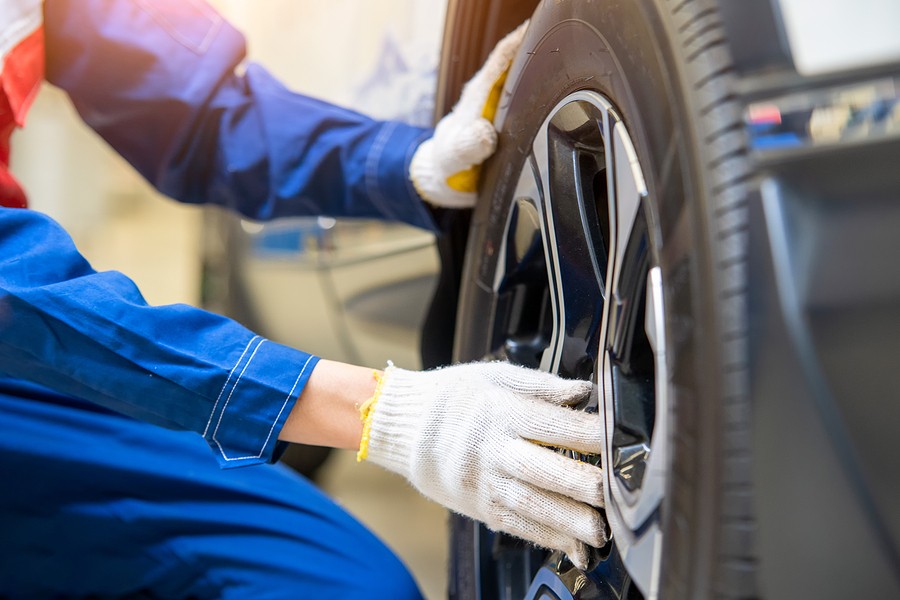
Factors Influencing Tire Rotation Frequency
Driving Habits and Styles
Drivers who prefer sharp turns, hard braking, or speeding might need rotations more frequently due to the aggressive wear they impose on their tires.
Road Conditions
Potholed streets, gravel roads, or uneven terrains accelerate tire wear, demanding more frequent rotations.
Seasonal Impacts
Extremely hot or cold climates can affect tire compounds, leading to accelerated wear or even making tires brittle.
Vehicle Specifics
The weight distribution, drive train (FWD, RWD, AWD), and even the make and model can influence wear patterns.

Types of Tire Rotation Patterns
Front to Rear
Ideal for vehicles with four tires of the same size, this is the most straightforward rotation pattern.
Side to Side
This approach is reserved for performance vehicles with varied front and rear tire sizes.
Diagonal Rotation
A more complex pattern for cars with non-directional tires and varying tire sizes.
X-Pattern
A comprehensive approach ensuring each tire gets to serve each corner of the car over time.
Recognizing When It's Time for a Tire Rotation
Regular Mileage Checks
Every 5,000 to 8,000 miles is a general rule, but always refer to your car manual or your tire manufacturer's recommendations.
Physical Inspections
Routine checks can visually reveal uneven wear, indicating it's time for a rotation.
Onboard Alerts
Modern vehicles come equipped with tire pressure monitoring systems (TPMS) that can alert drivers to tire issues.
Professional Recommendations
Your mechanic or tire specialist can often provide the best advice on when and how to rotate your tires.
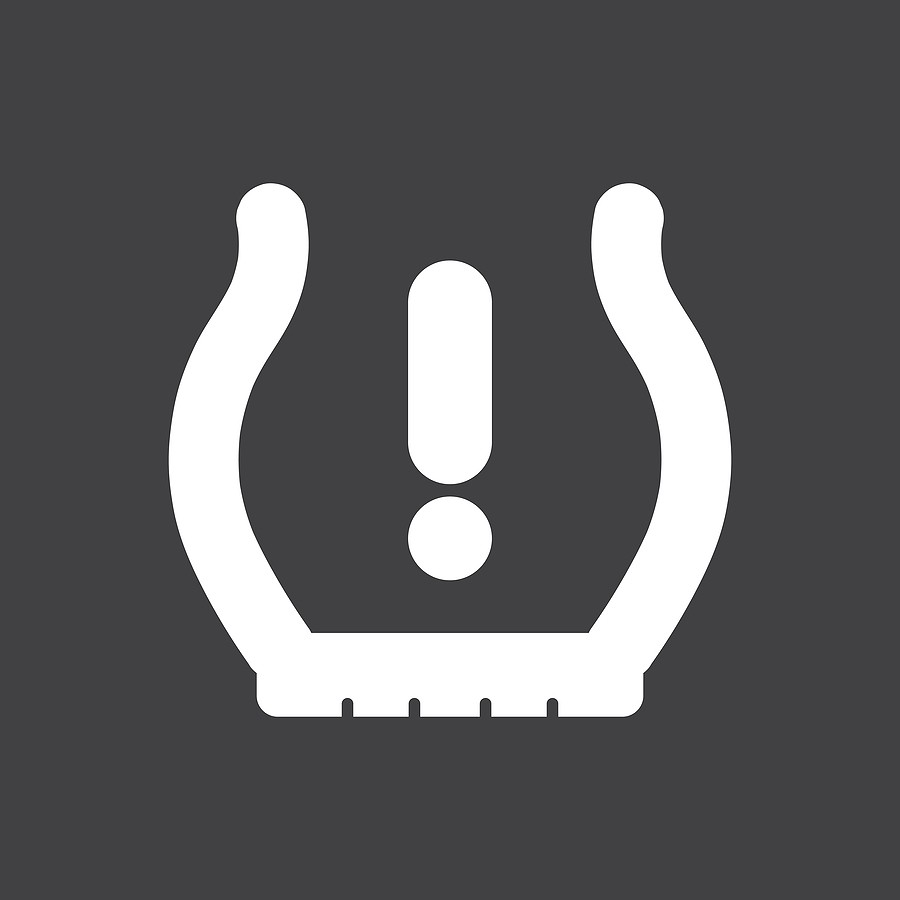
Myths and Misconceptions Surrounding Tire Rotation
“It’s Only For Older Vehicles”
New or old, every car benefits from tire rotation. New vehicles can have alignment or weight distribution issues too.
“If I Rotate, I Don't Need To Align”
Rotation and alignment serve two different purposes. Both are essential for the overall health and performance of your tires.
“Tire Rotation Isn’t That Important”
Ignoring this crucial maintenance aspect can lead to reduced tire life, poor performance, and potential safety risks.
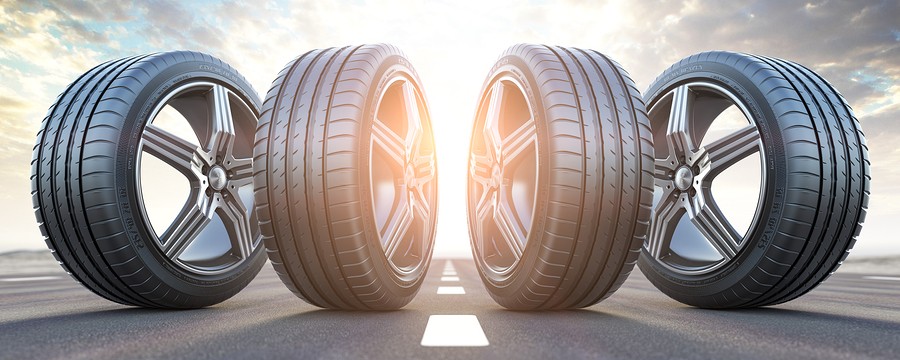
Conclusion: The Road Ahead
The road is full of uncertainties. As you navigate through life's many journeys, ensuring your tires are in the best condition is a step towards guaranteeing your safety and those around you. Embrace regular tire rotations as part of your vehicle's holistic maintenance strategy. With optimal tire care, every drive can be smooth, efficient, and safe.
Carl Anthony, a seasoned automotive journalist, understands the nuances of vehicle maintenance. With years of experience, he sheds light on the importance of tire care, ensuring readers are well-informed and vehicles well-maintained.

